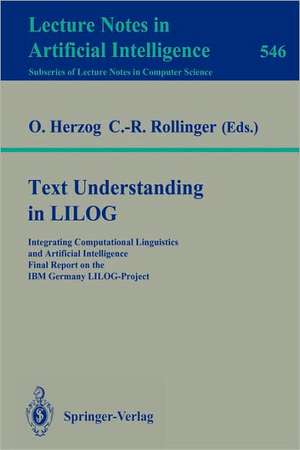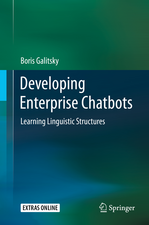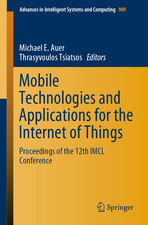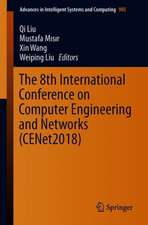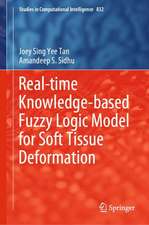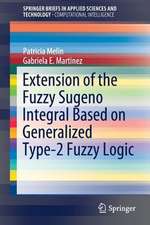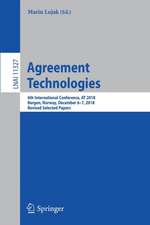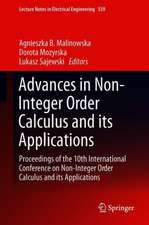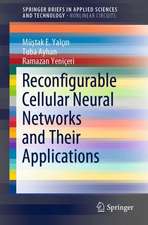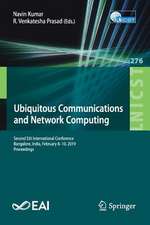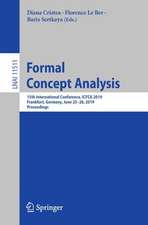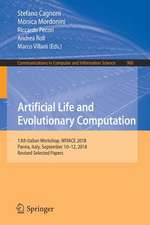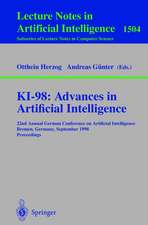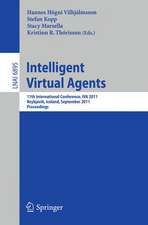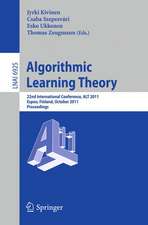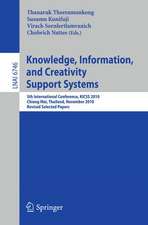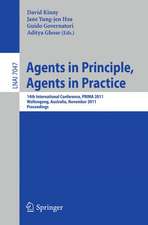Text Understanding in LILOG: Integrating Computational Linguistics and Artificial Intelligence. Final Report on the IBM Germany LILOG-Project: Lecture Notes in Computer Science, cartea 546
Editat de Otthein Herzog, Claus-Rainer Rollingeren Limba Engleză Paperback – 25 sep 1991
Din seria Lecture Notes in Computer Science
- 20%
 Preț: 1061.55 lei
Preț: 1061.55 lei - 20%
 Preț: 307.71 lei
Preț: 307.71 lei - 20%
 Preț: 438.69 lei
Preț: 438.69 lei - 20%
 Preț: 579.30 lei
Preț: 579.30 lei -
 Preț: 410.88 lei
Preț: 410.88 lei - 17%
 Preț: 427.22 lei
Preț: 427.22 lei - 20%
 Preț: 596.46 lei
Preț: 596.46 lei - 15%
 Preț: 448.04 lei
Preț: 448.04 lei - 20%
 Preț: 353.50 lei
Preț: 353.50 lei -
 Preț: 389.49 lei
Preț: 389.49 lei - 20%
 Preț: 309.90 lei
Preț: 309.90 lei - 20%
 Preț: 645.28 lei
Preț: 645.28 lei - 20%
 Preț: 763.23 lei
Preț: 763.23 lei - 15%
 Preț: 580.46 lei
Preț: 580.46 lei - 20%
 Preț: 310.28 lei
Preț: 310.28 lei - 20%
 Preț: 655.02 lei
Preț: 655.02 lei - 20%
 Preț: 1183.14 lei
Preț: 1183.14 lei - 20%
 Preț: 340.32 lei
Preț: 340.32 lei -
 Preț: 449.57 lei
Preț: 449.57 lei - 20%
 Preț: 591.51 lei
Preț: 591.51 lei - 18%
 Preț: 938.83 lei
Preț: 938.83 lei - 20%
 Preț: 337.00 lei
Preț: 337.00 lei - 20%
 Preț: 649.50 lei
Preț: 649.50 lei - 20%
 Preț: 607.40 lei
Preț: 607.40 lei - 20%
 Preț: 1414.79 lei
Preț: 1414.79 lei - 20%
 Preț: 1024.44 lei
Preț: 1024.44 lei - 20%
 Preț: 583.40 lei
Preț: 583.40 lei - 20%
 Preț: 453.32 lei
Preț: 453.32 lei - 20%
 Preț: 575.49 lei
Preț: 575.49 lei - 20%
 Preț: 1075.26 lei
Preț: 1075.26 lei - 20%
 Preț: 585.88 lei
Preț: 585.88 lei - 20%
 Preț: 825.93 lei
Preț: 825.93 lei - 17%
 Preț: 360.20 lei
Preț: 360.20 lei - 20%
 Preț: 763.23 lei
Preț: 763.23 lei - 20%
 Preț: 340.32 lei
Preț: 340.32 lei - 20%
 Preț: 504.58 lei
Preț: 504.58 lei - 20%
 Preț: 369.13 lei
Preț: 369.13 lei - 20%
 Preț: 580.93 lei
Preț: 580.93 lei - 20%
 Preț: 343.62 lei
Preț: 343.62 lei - 20%
 Preț: 350.21 lei
Preț: 350.21 lei - 20%
 Preț: 583.40 lei
Preț: 583.40 lei - 20%
 Preț: 583.40 lei
Preț: 583.40 lei - 15%
 Preț: 438.59 lei
Preț: 438.59 lei - 20%
 Preț: 341.95 lei
Preț: 341.95 lei - 20%
 Preț: 238.01 lei
Preț: 238.01 lei - 20%
 Preț: 538.30 lei
Preț: 538.30 lei
Preț: 355.01 lei
Preț vechi: 443.76 lei
-20% Nou
Puncte Express: 533
Preț estimativ în valută:
67.94€ • 73.77$ • 57.07£
67.94€ • 73.77$ • 57.07£
Carte tipărită la comandă
Livrare economică 22 aprilie-06 mai
Preluare comenzi: 021 569.72.76
Specificații
ISBN-13: 9783540545941
ISBN-10: 3540545948
Pagini: 756
Ilustrații: XII, 744 p.
Dimensiuni: 155 x 235 x 40 mm
Greutate: 1.04 kg
Ediția:1991
Editura: Springer Berlin, Heidelberg
Colecția Springer
Seriile Lecture Notes in Computer Science, Lecture Notes in Artificial Intelligence
Locul publicării:Berlin, Heidelberg, Germany
ISBN-10: 3540545948
Pagini: 756
Ilustrații: XII, 744 p.
Dimensiuni: 155 x 235 x 40 mm
Greutate: 1.04 kg
Ediția:1991
Editura: Springer Berlin, Heidelberg
Colecția Springer
Seriile Lecture Notes in Computer Science, Lecture Notes in Artificial Intelligence
Locul publicării:Berlin, Heidelberg, Germany
Public țintă
ResearchCuprins
Introducing LILOG.- Text understanding — The challenges to come.- A formalism for natural language — STUF.- The language of STUF.- Chart-parsing of STUF grammars.- The STUF workbench.- Unification-ID/LP grammars: Formalization and parsing.- A flexible parser for a Linguistic Development Environment.- Gap-Handling mechanisms in categorial grammars.- Outlines of the LEU/2 lexicology.- Morphological processing in the two-level paradigm.- Representing word meanings.- Sortal information in lexical concepts.- Incremental vocabulary extensions in text understanding systems.- Managing lexical knowledge in LEU/2.- The grammars of LILOG.- An alternative phrase structure account of symmetric coordination.- Verb order and head movement.- The Bermuda Triangle: Natural language semantics between linguistics, knowledge representation, and knowledge processing.- Presupposition, anaphora, and lexical content.- Anaphora and domain restriction.- On representing the temporal structure of texts.- The treatment of plurality in L LILOG.- The knowledge representation language LLILOG.- Knowledge packets and knowledge packet structures.- Deductive aspects of three-valued logic.- The LILOG inference engine.- Knowledge based control of the LILOG inference engine: Kinds of metaknowledge.- Attributive description formalisms ... and the rest of the world.- The background knowledge of the LILOG system.- The LILOG ontology from a linguistic point of view.- A knowledge engineering environment for LILOG.- Knowledge engineering in the context of related fields of research.- LILOG-DB: Database support for knowledge based systems.- Processing of spatial expressions in LILOG.- Phenomena of localization.- Verbs of motion and position: On the optionality of the local argument.- Why a hill can't be avalley: Representing gestalt and position properties of objects with object schemata.- Object-oriented representation of depictions on the basis of cell matrices.- Integrating a generation component into a natural language understanding system.- From knowledge structures to text structures.- The formulator.- Constructing a context for LEU/2.- The text understanding system LEU/2.- The trace of building a large AI system.
